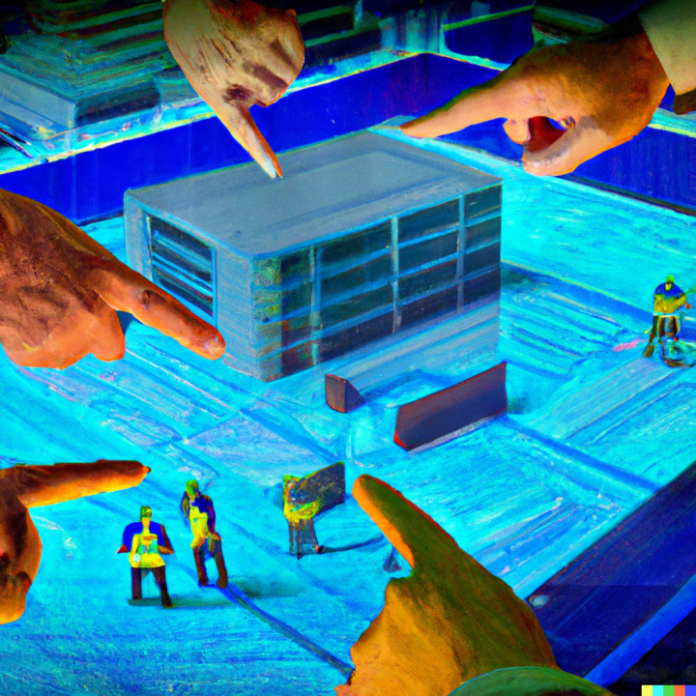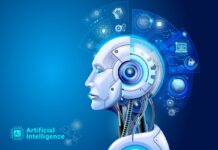AI tools are being increasingly used to improve operations across many industries, whether it’s hospitality, agriculture, or construction. While the construction industry is infamous for being hesitant to adopt new technologies and methodologies, it has the potential to revolutionize itself using new strategies.
Building design and construction processes can greatly benefit from the use of AI and generative construction. This article will go over generative construction and how AI plays a key role in it with regard to different aspects of construction projects.
If you want to know more about this topic, check out this article on generative construction.
Automated design
Generative construction automates design, saving time for engineers and architects. Based on project criteria, AI algorithms can provide a variety of design ideas, which design teams can then examine and improve. The time needed for manual design processes like drawing, modeling, and rendering can be significantly decreased as a result.
Generative construction, using AI, can optimize designs based on particular criteria like cost, structural soundness, and energy efficiency. The building’s overall performance can be improved by using AI algorithms to evaluate data and make necessary adjustments.
This can result in buildings that are more cost-effective to create and maintain, as well as buildings that are more sustainable.
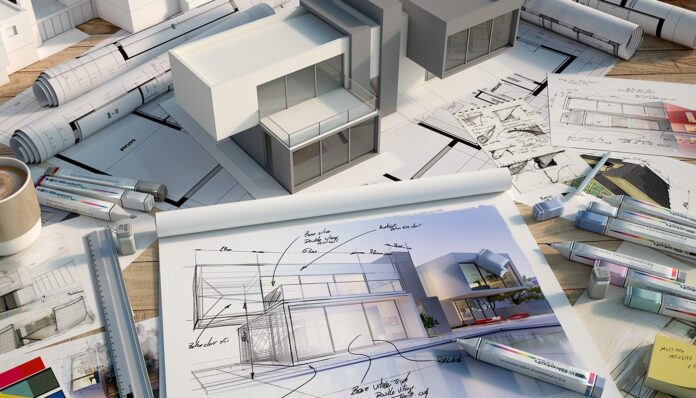
Building blueprints
Generative construction can enhance building blueprints by providing AI-created models with comprehensive detail, helping to consolidate feasibility.
Design data analyzed by AI algorithms will produce precise plans, enhancing buildings while lowering the risk of mistakes (and therefore delays).
Quality control
Generative construction can also help with quality control. Platforms can use data and patterns, analyzed by AI algorithms, to spot potential difficulties before they’re applied and before it’s too late to prevent them. This allows professionals to ensure that the finished product complies with quality standards and meets the project’s needs.
Risk reduction
AI, with generative construction, can reduce risk. AI systems provide the best way forward, identifying incompatibilities within designs. For example, it may identify whether enough materials are available to carry out a certain design.
Catching these things early in the construction process can help avoid the need for expensive rework.
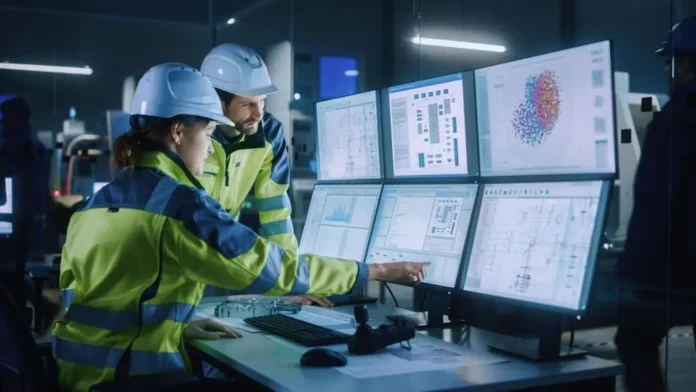
Decision-making
The decision-making process can be greatly improved by tools based on generative construction and AI. Generative construction provides multiple alternatives for professionals to choose from. While it can be argued that it can result in decision fatigue, decision-making can take into account multiple possibilities to zero in on the best possible solution.
Concerns regarding AI in generative construction
New technologies can bring about many concerns and fears. After all, there’s a reason the rate of technological adoption is so low in the construction industry.
One common concern centers around providing platforms with sufficient data. Manual processes have become very commonplace within construction companies. Consolidating that data may be overwhelming to think about. However, the right technological platform will require little to no consolidation, especially if it doesn’t rely on historical data.
In relation to this, professionals may be concerned about generative construction not being able to take into account building code violations. This can be easily remedied by having a professional validate the feasibility of the outputs before final approval.
Another concern is the expense and difficulty of adopting generative construction and AI platforms. The initial investment required has, in many cases, proven to pay for itself in the long-run through increased efficiency. While there is time required to train professionals, workers who eventually adapt usually see greater rates of productivity.
Integration with the Internet of Things (IoT)
One aspect that further enhances the role of AI in generative construction is its integration with the Internet of Things (IoT). The IoT refers to the network of interconnected devices and sensors that collect and share data. By combining AI with IoT technologies, generative construction can leverage real-time data from construction sites, equipment, and machinery.
For example, sensors embedded in construction materials can provide valuable information about structural integrity and performance. AI algorithms can analyze this data and generate insights that inform design decisions, identify potential risks, and optimize construction processes. This integration enables proactive monitoring and predictive maintenance, reducing downtime and enhancing overall project efficiency.
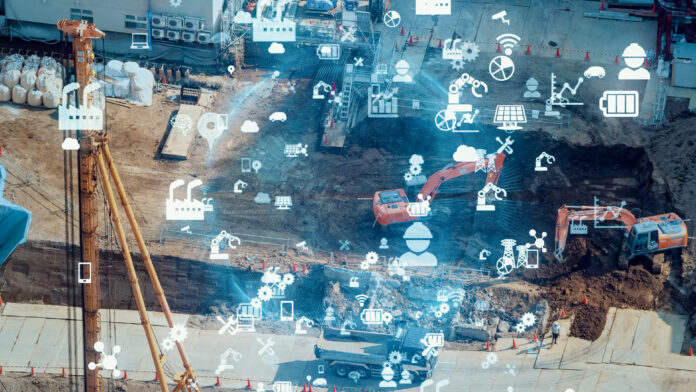
Safety and Risk Management
Safety is a critical aspect of any construction project, and AI can significantly contribute to improving safety measures and risk management. AI-powered systems can analyze historical data on accidents, near misses, and safety violations to identify patterns and predict potential hazards. By detecting early warning signs, construction professionals can take proactive measures to prevent accidents and ensure a safer working environment.
Additionally, AI algorithms can assess the impact of design decisions on safety, evaluating factors such as load-bearing capacities, fire resistance, and evacuation routes. This enables construction teams to make informed decisions that prioritize the well-being of workers and occupants.
Conclusion
AI plays an important role in generative construction, and the technology has the ability to transform the construction sector by expediting processes and providing solutions to core problems.
Construction professionals can save time and money by using generative construction platforms to find and fix problems for better and safer project execution. The aforementioned examples show how generative construction is used and how it can result in advantages like cost savings, enhanced building performance, and safety.
The perceived obstacles and restrictions of this methodology are to be expected, but ultimately, it provides benefits that help construction professionals and businesses streamline operations and increase profit margins.
As projects become more complex, businesses will need to adapt and make use of more innovative methods to get ahead.

